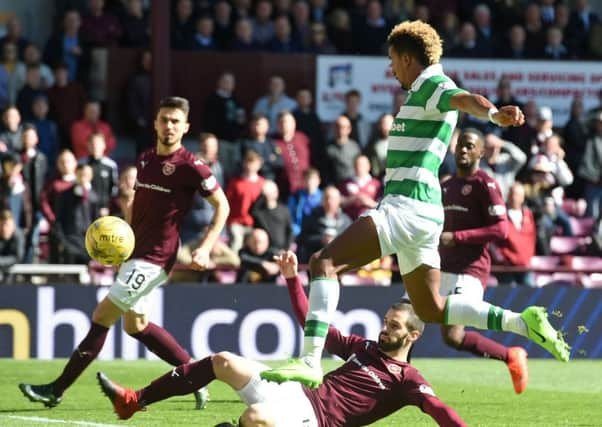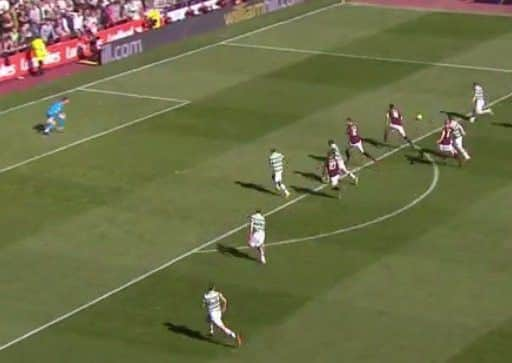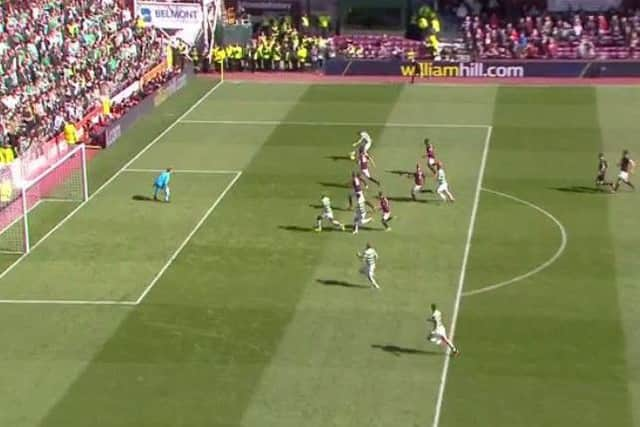Why Celtic goal against Hearts was flagged offside


This article contains affiliate links. We may earn a small commission on items purchased through this article, but that does not affect our editorial judgement.
Typically on Ref Review we look at incidents which have a massive impact on the outcome. This is the opposite. The goal was chopped off, but Celtic would score anyway just a couple of minutes later, and Scott Sinclair, the player at the heart of the ruling, went on to complete his hat-trick later in the match. It had as little impact on the game as a controversial decision possibly could.
Advertisement
Hide AdAdvertisement
Hide AdThe reason we’re giving this closer inspection is because, from the reaction of many fans on social media and Sky Sports analyst Andy Walker, there appears to be a bit of confusion regarding the rule.


Some believe a player can only be given offside if he touches the ball. This is not the case. Officials can rule offside in instances where a player is “clearly attempting to play a ball which is close to him when this action impacts on an opponent”.
In most instances, this regards attackers moving in front of the ball’s path, which then freezes a defender/goalkeeper. However, it still applies to this incident.
The Hearts defender, Tasos Avlonitis, looks over his shoulder to Sinclair when the ball is played out wide (Image One). He then quickens his stride to try and intercept the cross. Sinclair’s presence definitely “impacts” what Avlonitis does, and the Celtic striker is certainly “attempting to play” the ball - so much so that he gives chase when it’s clearly heading over the line anyway.
Some wondered whether Sinclair stretching to get the final touch before it crossed the line was the reason for the decision. Again, this is not the case. Sinclair is already offside before his late lunge. The only way you could argue offside for this movement was if goalkeeper Jack Hamilton was still in position to make a safe, and Sinclair impacted his ability to do so, but Hamilton was well out of the play by this point. You could maybe say Sinclair carrying on his movement influenced the linesman’s perception regarding the Celtic attacker’s starting position, but overall it’s fairly irrelevant.


Having said all of that, it doesn’t mean the correct decision was made. Sinclair might not have been offside in the first place. It’s a really tight decision, and it’s easy to see why the assistant would have thought so.
Even looking at the still image (Image Two), initial impressions would say he’s offside. The first thing your eyes are drawn to is Sinclair, who’s ahead of every other player when the ball is played, including the crosser, James Forrest.
Focusing on the position of the ball in relation to the attacker, though, and you can see how tight it is. Both Sinclair and the ball are about a yard or so beyond the line on the field. He might be just leaning offside with his left leg, but it’s a little harsh. He probably should have been given the benefit of the doubt.
Advertisement
Hide AdAdvertisement
Hide Ad• Craig Anderson is a former fully qualified referee. He is also the man behind SPL Stats on Twitter.
SEE ALSO